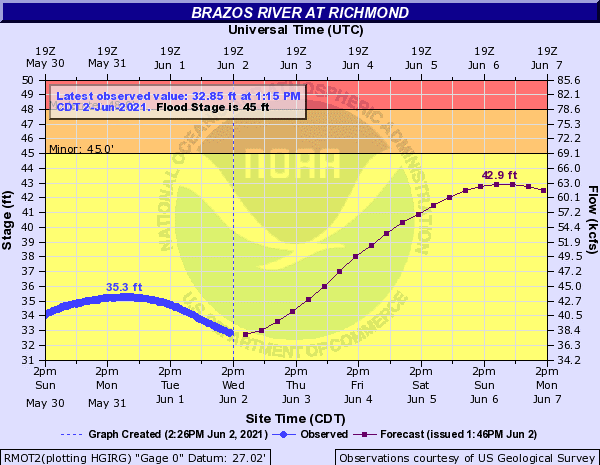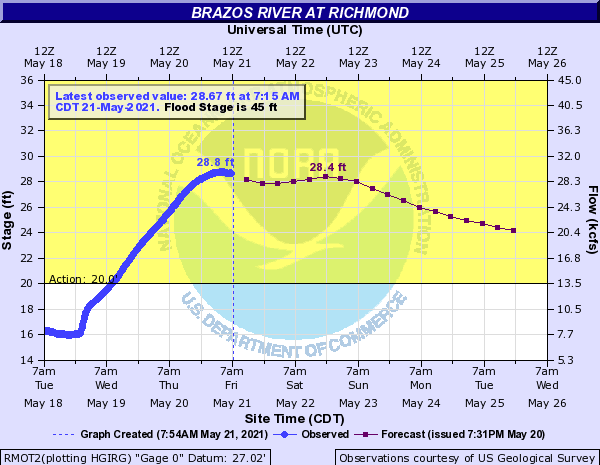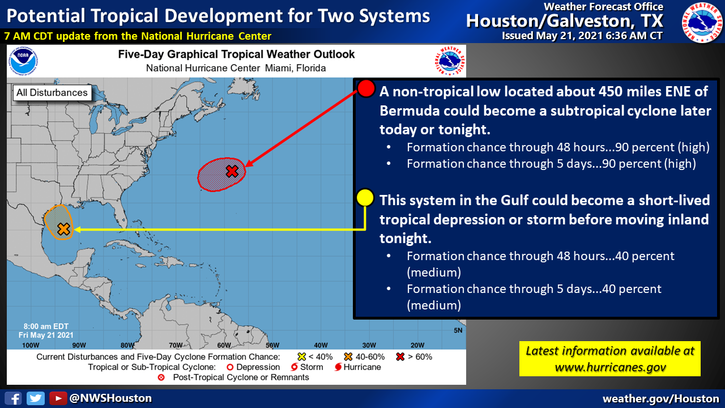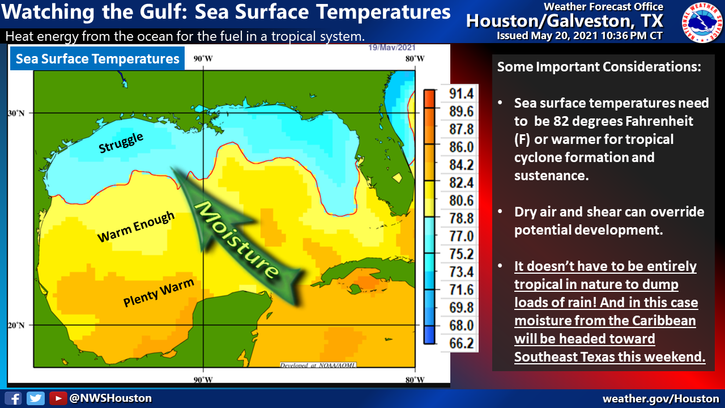LID 15 Mowing Delays
Mowing of the LID 15 levees, bayous, and drainage corridors has been severely delayed over the past two months.
The consistent, above-average rainfall has saturated the ground and created maintenance and safety challenges for the mowing contractor. Unlike most infrastructure, the levees and drainage corridors are made of dirt and grass instead of concrete and steel. LID 15 must be very cautious with maintenance activities that can create additional damage to these flood control assets. Mowing in wet conditions with tractors can create ruts and cause other damage that impacts the integrity of the levees and blocks drainage in the ditches and swales.
The mowing contractor has started addressing the worst areas using string-trimmers and smaller mowers. The tractors typically used in LID 15 are currently scheduled to start a complete mowing cycle over the weekend.





